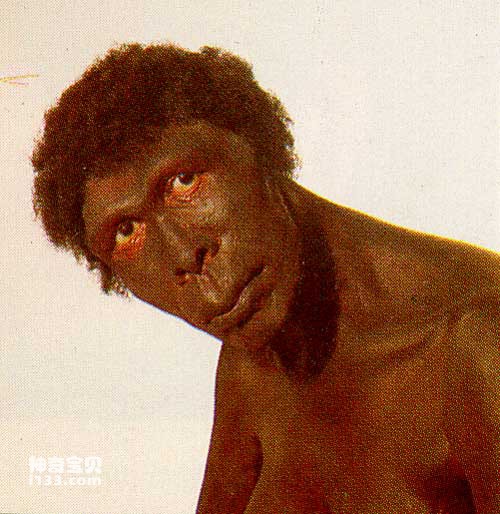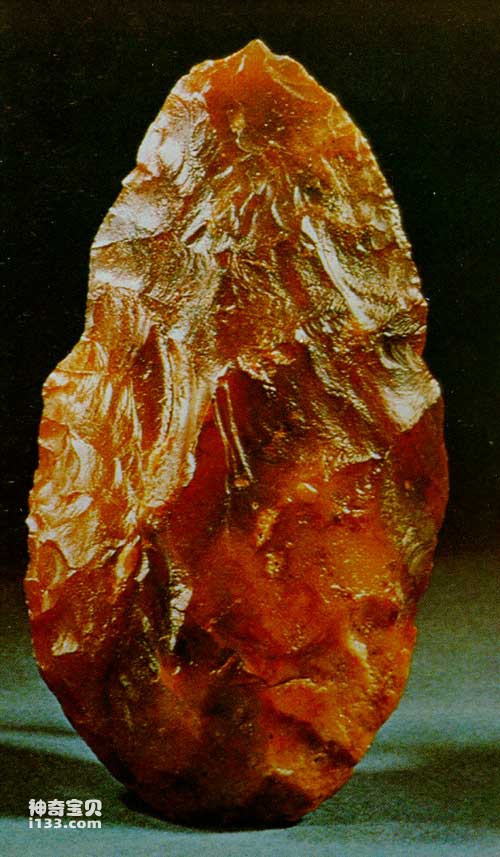As a descendant of Homo habilis, Homo erectus appeared on the historical stage of human evolution in Africa about 2 million years ago.

Homo erectus
The brain of Homo erectus has increased significantly. The brain volume of early members has reached about 800 ml, and that of later members has increased to about 1200 ml. Moreover, the brain not only increased in size, its structure also became more complex and reorganized, showing that Homo erectus already had quite complex cultural behaviors. There is an asymmetry between the left and right hemispheres of the brain, indicating that Homo erectus already had the ability to master vocal language.
The teeth of Homo erectus also changed. The reduction of the rear teeth should lead to a reduction of the corresponding gums and bone structures supporting the face and mandible. This is obviously related to the fact that Homo erectus replaced several plant foods with meat more and more often. The front teeth are enlarged, which does not seem to be directly related to chewing food, but seems to be related to using the mouth to bite and hold objects, and may also be related to the preparation of animal food, for example, tearing meat with teeth to remove it. Cut into small pieces, or shred meat for children to eat, etc.

Acheulean hand ax
Homo erectus has a relatively flat face and a significantly enlarged body, with an average height of 160 cm and a weight of about 60 kg. Homo erectus was the first human species to use fire; they were the first to make stone tools according to a pattern they had in mind. In Africa, the type of culture represented by this stone tool assemblage is known as the Acheulian culture, named after the Saint-Acheulean site in northern France where this type of stone tool culture was also found. The representative tool of the Acheulean culture is the hand ax, which is made of flint nodules. One end is round and blunt, which is the part that is grasped by the hand. The other end is sharp and can be used for cutting, chopping, drilling, and processing of wood. .
The emergence of Homo erectus marked another huge change that human prehistory experienced two million years ago. Homo erectus possessed a series of progressive traits that greatly expanded its adaptability. Therefore, Homo erectus no longer just wandered in the wilderness of Africa like those members of the Hominidae before them. Instead, in the later years, they tenaciously walked out of Africa and spread to vast areas of Asia and many parts of Europe.
animal tags:
We created this article in conjunction with AI technology, then made sure it was fact-checked and edited by a Animals Top editor.